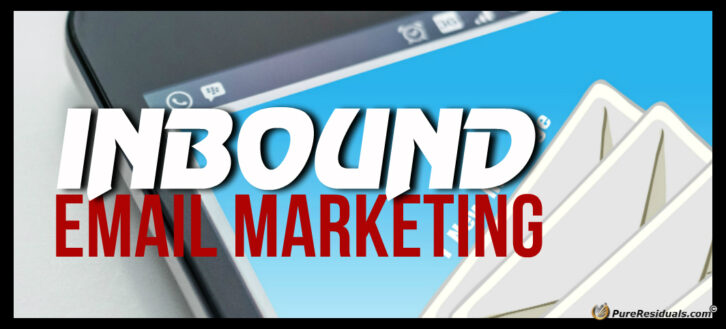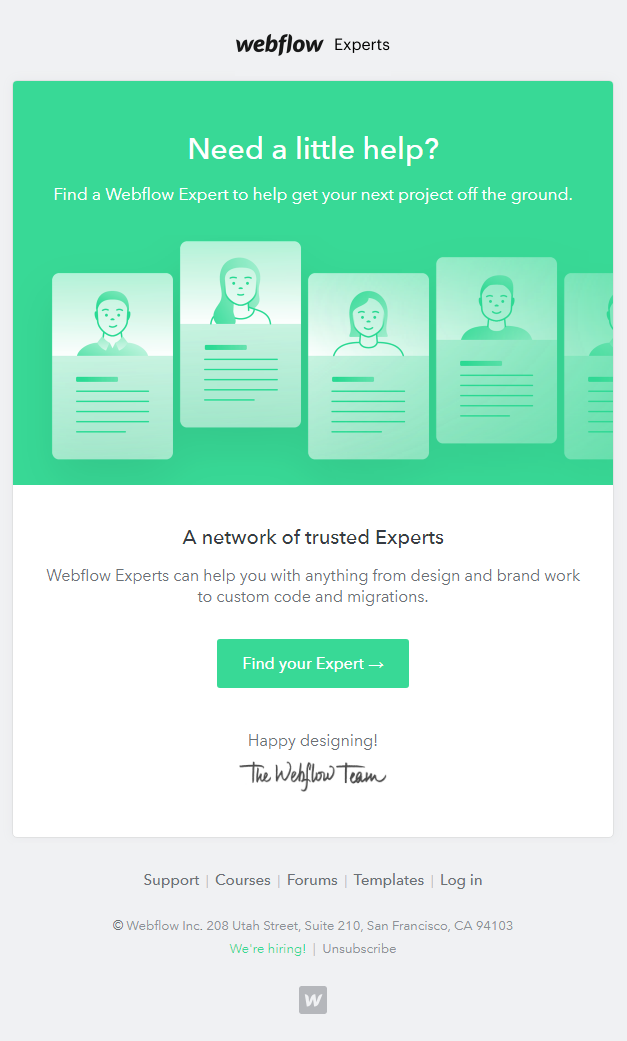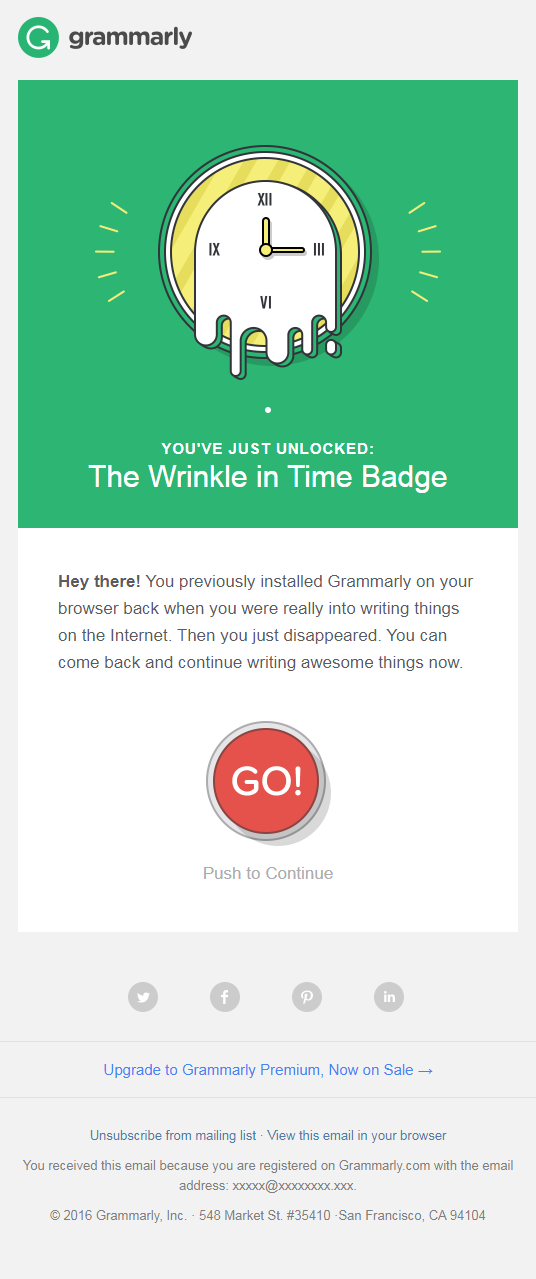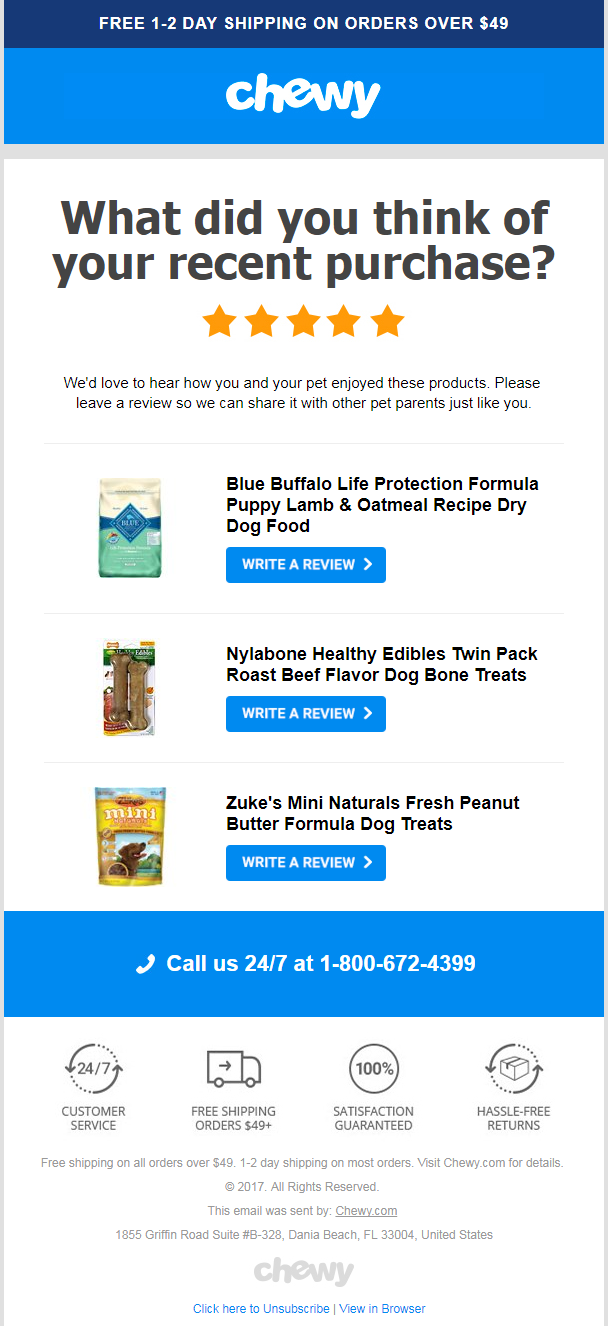It’s 11 a.m. in the morning. You are in the midst of an important meeting, and your phone rings. You pick up to answer the call, only to find a desperate salesperson on the other side who wants to push his bank’s investment offerings. What do you do? But obvious, you get pissed off and snap the call.
Well, that’s the peril of outbound marketing! Although a conventional marketing and sales technique, Outbound as you know is basically about pushing to promote your services/products to prospects irrespective of whether they are interested or not. That’s interruptive marketing!
Inbound marketing, on the other hand, is about helping a prospect or a customer solve a problem by providing relevant, educational content. What makes this form of marketing click is the fact that the leads you attract this way are qualified leads considering that they were actually looking for a solution to a problem your products/services can solve.
Doing Email Marketing – The Inbound Way!
According to the Radicati Email Statistics Report, the number of email users worldwide will surpass 4.1 billion by 2021, and the number of emails sent and received per day will reach a whopping 319.6 billion!
With emails gaining much importance, it is imperative to adapt an inbound approach for your email marketing strategy if you wish to not irk your subscribers and to make it easy for yourself to convert them into customers.
Not convinced? Here are a few more reasons why you must take your emails inbound.
- To handle the changed search habits
According to Forbes Insights’ report, 82% customers conduct research online before making a purchase. This is an excellent opportunity for marketers to provide useful information to the prospects to help them make a decision. Sending emails with details about the products/ services for which the person has been browsing on your website, is the catch here. To succeed in business, you need to be smart enough to identify what the prospects want and provide them with the specific details.
- To ensure a better ROI
According to Hubspot, 92.7% companies increased their lead generation using inbound marketing. Moreover, 42.2% of them also saw increased lead-to-sale conversion rate. Email is considered as an excellent medium for lead generation and conversion. Thus, taking email inbound will add great value to your business’ marketing strategy.
- To enhance customer retention
According to ThinkJar, it is 6 to 7 times more expensive to attract new customers as compared to retaining an existing one. Emails can play a major role in retaining customers. How? Well, sharing informative blogs, white papers, and eBooks, apart from regular promotions, that will prove useful to them at that stage in the sales funnel keeps them hooked to your brand and nudges them to come back to you when they are ready to buy again.
- To upsurge referrals
Referrals expand the horizon for your brand. It’s a natural human tendency to take a friend’s or family member’s recommendation when it comes to buying something. We live in an age of social proof. Through a sharing option in your inbound emails, you can get your current customers to refer your brand through your interesting blogs, videos, etc. to new prospects.
The Four Stages of Inbound and the Role of Emails
Attract
…Is About Making Strangers and Visitors Fall in Love with Your Brand
This stage in Inbound involves converting strangers on your website into visitors. Blogs, SEO, social platforms are involved at this stage. Emails come into play only in the next stage…
Convert
…Is About Converting Visitors into Leads
Once a visitor is on your website, your next step is to convert the visitor into a lead. So how is this achieved? Through Sign-up forms, CTAs and Landing pages where you ask your visitors to share their email address so that you can share with them valuable content.
The email address is unarguably the most valuable currency for a marketer and the simplest tool that can help kick off a conversation. But like any currency, email addresses also have to be earned. Make sure you offer your leads apt value for their email address.
This could be a white paper, a lookbook, an ebook, or anything that is useful to them. Once a visitor shares their email address, they become Marketing Qualified Leads (MQL).
It is from here onwards that emails enter the inbound game.
Let’s check out the best practices to follow at this stage:
- Build an organic email list
You must have heard this innumerable times- Never Buy a List. It is essential that you build your list for it will make a huge difference to the performance of every campaign you send. Imagine you are creating amazing emails and sending them to people who are least interested in your products or services.
What is likely to happen? Your email will not even be opened and worse, people will unsubscribe. Opt-ins and double opt-ins will help you build a list of people who are truly interested in your brand.
- Send a prompt welcome email
Ok. You now have all the right email addresses and it’s time to start a conversation that will be remembered for a long time by the subscriber. The welcome email is the first email that goes out from your side. And the good news is that welcome emails get a 4 times better open rate and 5 times better click-through rate as compared to standard email campaigns.
Your welcome email has to be special, and if possible, personalized. Here are a few traits of a winning welcome email:
- You’ve got the name of the person from the sign-up data and probably some more information if you have collected it during sign-up. Use it in the welcome email to impress the subscriber.
- Moreover, welcome emails can be automated and sent on the trigger of sign-up, making the job easy for you. And this is important as a welcome email must be sent as soon as someone subscribes; that is what the new subscribers expect!
- Welcome emails are about confirming the subscription, letting the new member know what to expect from you and helping them set preferences.
Check out this awesome welcome email from Angie’s List. While they introduce their services, they also let the subscriber know what and how many emails to expect in the days to come.
(Source: Really Good Emails)
- Segment your lists
Segmentation is an amazing way to target your subscribers on the basis of several factors like age, gender, location, browsing history, purchase history, interests, likes, dislikes, etc.
Especially if you are a brand with a huge range of products or services or an ecommerce business, segmentation is something you must not miss. You can start at the basic level of segmentation and then refine it as you get to know your subscribers and customers better.
- Send Lead Nurturing Emails
An MQL or Marketing Qualified Lead needs to be nurtured to be converted into a Sales Qualified Lead (SQL). A marketer needs to send the MQL emails that provide information about product/ services and how these can help them make their lives better. This is where you need to convince them that you and only you can help them find a solution to their problems. Once convinced, they are likely to make into the decision-making stage and get converted into SQLs, wherein they become open to knowing the details of your services and products including the pricing.
Personalizing emails becomes even more important at this stage. Sending the right content to the right subscriber is the catch that will help you eventually convert a lead into a customer.
Behavior triggered emails help to nurture leads in a far better way than random promotional emails. The nurturing process includes promotional emails, occasion emails, cart abandonment emails, etc. and they can be automated!
According to Venturebeat, employing email personalization, in some form or the other, brings about increase in open rates and click-through rates. Check it out:
(Source: Venturebeat)
Make your emails engaging and keep tab of what is trending. Rich media elements like Images, GIF, Cinemagraph, and Video can help you achieve great email engagement. Interactive elements like Menus, Accordions, Sliders, Flip Effect, etc. can also drive good engagement apart from making your emails concise.
Check out this lead nurturing email sent by Webflow.
(Source: Really Good Emails)
Close
…is about converting leads into customers
So, now you have your leads. But that’s obviously not enough. The next step is to convert the leads into customers. Moreover, the State of Inbound Report confirms that the top marketing priority for companies for the next year is converting leads into customers.
So, how do you do the transformation?
This is tricky. You need to study the leads in order to sort them according to their behavior on your website. There may be some leads who are looking for pocket-friendly deals while others who prefer quality or high-end products irrespective of the prices. You need to change your email content accordingly to attract and convince them to buy from you. One size fits all is a strict no-no here.
Email automation can be set here to make your job easy. But once again, you need to send the right amount of emails with the right content at the right time. In case you overdo your email frequency, subscribers may unsubscribe. On the other hand, in case you send very few emails, the likelihood of subscribers forgetting about you is very high. The right balance is the key.
Once the lead places an order, he is your customer. Now you need to trigger the transactional emails (again automation can come handy) including Order confirmation, Order shipping, and Order Delivery emails. Do not restrict yourself by using these emails to just convey information about the customer’s order. That is a must but you can also explore this opportunity to cross-sell other related products or even upsell.
Check out this order transaction email sent by Chewy. While the email does convey the essentials, they’ve missed out on cross-selling.
(Source: Really Good Emails)
Now check out this one from Crate and Barrel. Haven’t they done a great job?
(Source: Really Good Emails)
Delight
…is about converting customers into evangelists
Isn’t it true that anybody who has had a good experience with a particular brand shares it with friends and family? Well, such customers are your brand ambassadors and they are really-really important for your business. While it’s not an easy task to delight a customer, it’s not impossible either.
Have a look at this amazing email from Brightwave. It looks to strengthen the bond with a customer.
It’s never too early to Delight…
Delighting your subscribers can start early too – at the attract stage, and never stop even after you have converted a subscriber into a customer or the subscriber has stopped engaging with your emails.
You can continue to delight your customers even much after the sales cycle with amazing content through which you introduce them to your new attractions or products that they may be interested in, based on their purchase history. Just make sure the content and promotions are relevant to the person. For inactive users, you can send them re-engagement emails to regenerate their interest.
This re-engagement email sent by Grammarly is a perfect example of a good re-engagement email- it pulls the emotional chord plus reminds the subscriber about the benefits of continuing with Grammarly.
(Source: Really Good Emails)
Feedbacks, surveys, and polls can help you understand your subscribers and customers better. You can tweak your email content and frequency accordingly so that you are sure you are providing customers just what and when they want.
Check out this email sent by Chewy.
(Source: Really Good Emails)
Nail the Tale with Inbound Best Practices for Email Marketing
Now that you know how to mold your emails into the inbound strategy, here are the best practices that will help you hit the nail on the head
- Create responsive email
With Litmus stating that 54% emails are now opened on a mobile device, you need to make sure you design templates that will be automatically optimized so that your emails look good on all devices as well as email clients. And it’s not only about the design, you also need to generate content that is concise and relevant and links that are easy to click.
- Test your campaigns
In this age of HTML emails, you cannot take things for granted, especially as different email clients display emails differently. It is imperative to test your campaign before you send it across. Well, it need not look exactly the same everywhere, but it should certainly be readable and not broken. Good user experience is the primary factor that drives the inbound strategy.
- Analyze the performance of each campaign
Email performance analysis helps to find out whether your campaign clicked with the subscribers or it turned them off. Isn’t it something that will help you create a better performing campaign next time? The number of bounces, opens, clicks, unsubscribes, etc. for a campaign can be the basis for future your future marketing strategy. So, make sure you do it.
Parting thoughts
The shift from outbound to inbound is a testimony to the fact that customers have become aware and have an opinion. Hence, it can be said that, in the future, the success of a business will largely depend on how well you know your customers and how well you use the behavioral data and tweak your marketing strategy accordingly. But one thing is for sure, if you provide them with the content and service they desire, they will reward you with loyalty.
So, are you ready to take your email marketing inbound?
Author Bio:
Kevin, the Head of Marketing at EmailMonks – one of the fastest growing Email design and coding companies, specializes in crafting beautiful email templates, PSD to HTML email conversion and HTML email templates. He loves gadgets, bikes, jazz, and breathes ‘email marketing’. He enjoys sharing his insights and thoughts on email marketing tips and best practices at his email marketing blog.













